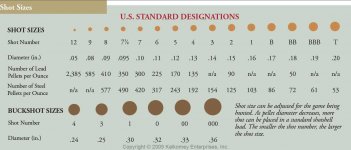DCMetal
Sr. Member
I found this little lead ball today and know nothing about bullets. I found it in the same area where I've previously found a fired three ring bullet, a musketball and half of a three ring bullet. What is this little guy?
And for you AT Pro users, how does a lead signal read on the machine if I am in Pro Coin mode?



And for you AT Pro users, how does a lead signal read on the machine if I am in Pro Coin mode?













